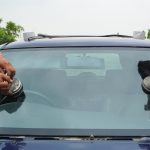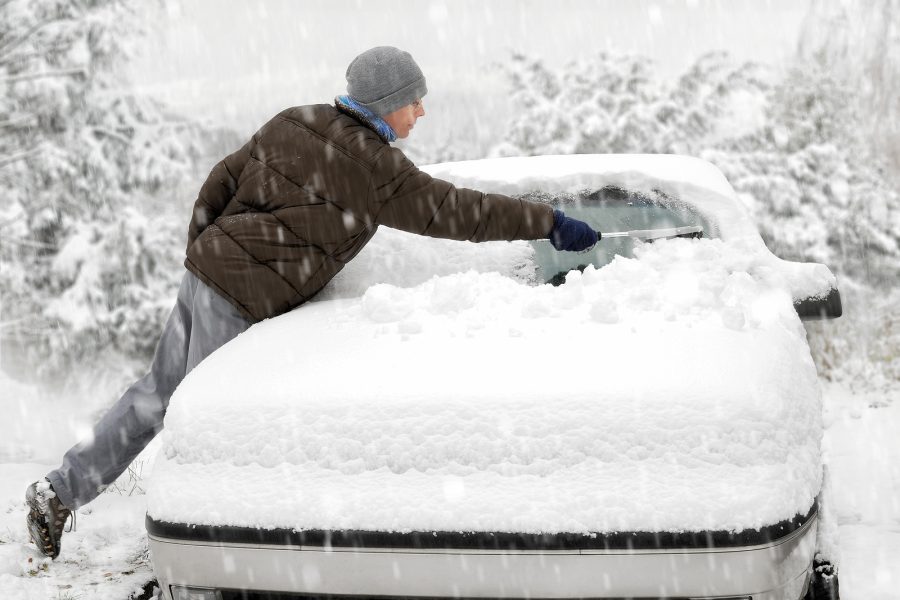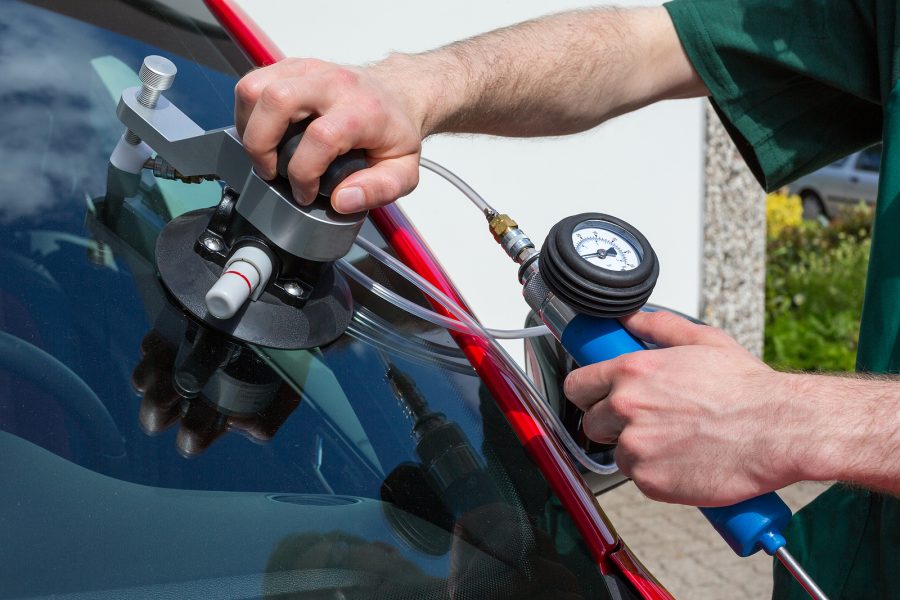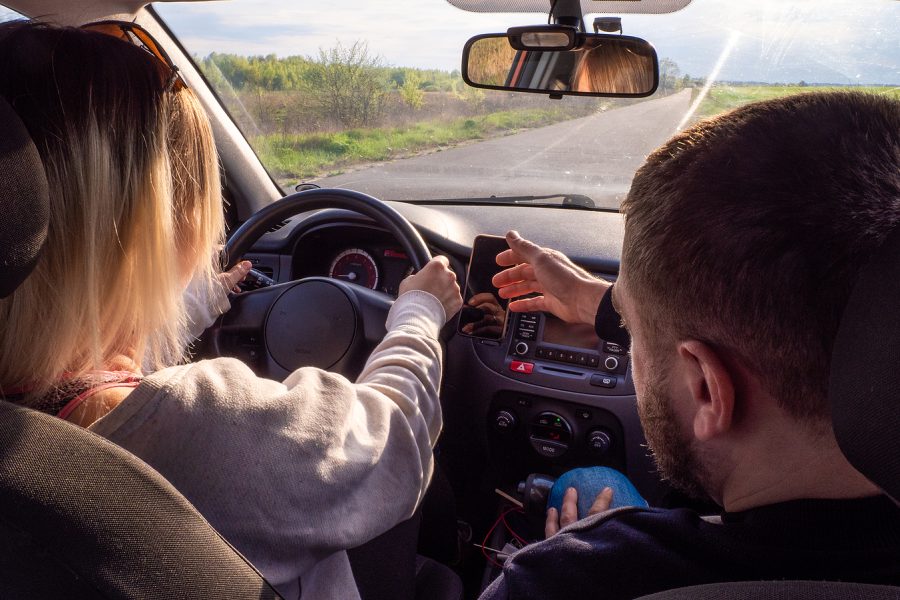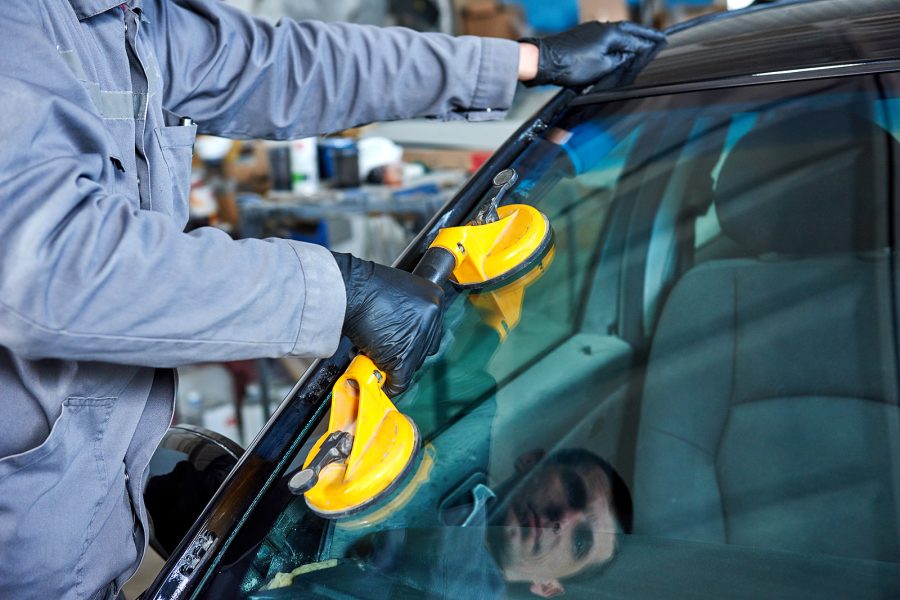It has been over a century since the creation of the first laminated safety glass windscreen, which paved the way for modern windscreens and windscreen repair services.
Since then, there have been an incredible number of safety and technological advancements that have been brought the world of windscreens to a single plate of glass to technologies as advanced as the Aeroscreen.
Here is the evolution of the windscreen, from what was seen as a luxurious extra to the early motor car to an essential piece of equipment that has saved countless lives on the road.
The Early Years
In the early years of the motor car, very little was actually standardised, from the terrifying number of clutches and pedals in many early vehicles to the lack of safety considerations at all.
The first known fatality caused by a motor vehicle was Mary Ward, who died after being thrown from an early steam-powered car as early as 1869.
Despite this, once cars began to be commercially sold, very few had windscreens, and the ones that did had a single pane of flat window glass designed to block flies and dirt and thus avoid the need for driving goggles. Once it got dirty, it could be folded down so the driver could just keep driving.
It was an optional extra on early cars, adding another $100 (close to $3000 in 2021 money) to the price of a model T, which was 11 per cent of the price of the car. It would not be until 1915 that Oldsmobile would sell a car with a windscreen as standard.
Like all early glass, it was notoriously fragile and would shatter into many razor-sharp pieces either as a result of an impact or if a loose stone bounced off it.
With rough roads, no seatbelts and no suspension, accidents were common and often led to drivers and passengers being thrown out of the car through the windscreen, to the point that it became known as the “glass necklace”.
The Dawn Of Change
A solution would soon arrive from France, however, in the form of Triplex, the first laminated safety glass ever sold.
By 1912 the glass was available on windscreens (although it was mostly used for gas masks), and by 1919 Henry Ford had started to order its use on all of his vehicles, and when the Model A was finally released in 1927 its use of Triplex glass was a major selling point.
This system of laminated glass would eventually be superseded by tempered glass, a heat-treated windscreen that was shatter-resistant, harder and stronger, as well as multi-layered laminated glass that would bend slightly on impact without immediately shattering.
There would be design changes as well, with the flat windscreen being replaced with a split v-shaped one on 1930s Cadillacs, but in 1934, the Chrystler CW Airflow Custom Imperial had the first one-piece curved windscreen.
Whilst this car was a sales disaster, the panoramic curved windscreen became a vitally useful safety system that allowed for the reduction of blind spots, helping to prevent accidents, as pioneered by the 1953 Buick LeSabre.
From then until the present day, improved technologies, safety legislation and a greater focus on safety in car manufacture have helped to reduce accidents and save lives.


